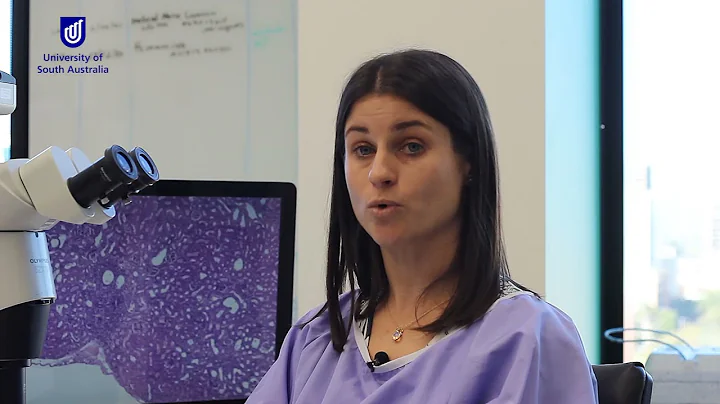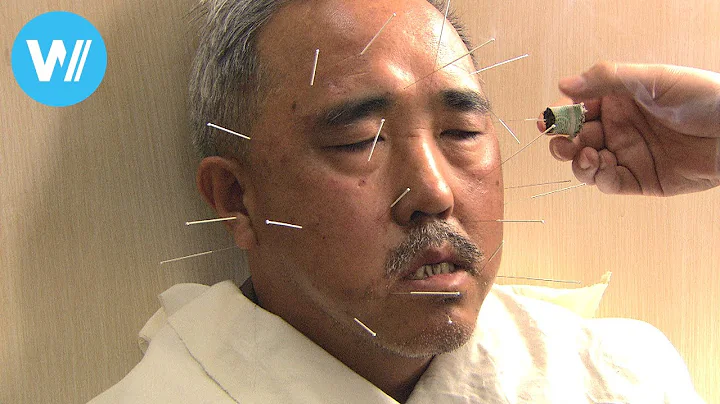The development trend of chronic kidney disease is slow. In stages 1 and 2, there is basically no obvious damage to renal function, and the overall development is stagnant. After entering stage 3, renal function begins to suffer substantial damage, showing renal function. Incomplete status. I won’t go into details about stages 4 and 5. The progression speed accelerates and develops to the stage of renal failure uremia .

So, everyone hopes that their condition can stay in the early stage, or that the condition can be effectively treated and improved, and can be stably controlled and not enter the final stage. No matter what stage you are in, only by stabilizing kidney function can you become the final "winner."
However, some risk factors in the development of kidney disease have become "stumbling blocks" that prevent the protection of kidney function. Some of these factors are more obvious, accompanied by abnormal symptoms and indicators, while some are hidden deeper and quietly damage kidney cells.
These five factors have a greater impact on kidney function, so they must be stabilized!
- 1, High blood pressure , affecting renal blood flow
We know that the harm caused by elevated blood pressure is often systemic, and sustained high levels cause increased vascular pressure and affect systemic blood flow abnormalities. At this time, some target organs Reactions begin, with the kidneys bearing the brunt. In addition to the heart, the blood flow in the kidneys is also very large, and the capillaries are very abundant. High blood pressure leads to slow blood supply, which can cause ischemia and hypoxia in kidney cells and accelerate the development of sclerosis.
When the kidneys atrophy, in the late stage of renal insufficiency, the higher the blood pressure level, the worse the blood oxygen circulation in the kidneys will be, and the faster the kidney failure will be. If the blood pressure level exceeds 130/80, timely intervention and treatment are required, instead of waiting until it reaches 140/90 or even higher and then taking medication intermittently.
It is also very dangerous for some patients to insist on taking medication even if they have no uncomfortable symptoms after their blood pressure rises. Taking some antihypertensive drugs in a timely manner can also have a positive effect on improving kidney function, such as Sartan/Pril drugs. Therefore active control of blood pressure is important to improve kidney function.

- 2, Hyperkalemia , causing dual function damage of the heart and kidneys
Kidney damage leads to electrolyte disorder . Excess potassium ions accumulate in the blood and cannot be discharged in time, causing an increase in blood potassium and inducing hyperkalemia. . It manifests as fatigue, muscle aches, slow heart rate, and even sudden stop , which is very dangerous. In addition to damaging kidney function, it will also have a greater impact on the heart, muscle tissue, nervous system , etc.
The increase in blood potassium is mainly due to the decrease in the filtration and metabolic functions of some remaining kidney cells after kidney cells are damaged. If you still have to complete the previous workload, it will take longer. The same reason is true. High blood potassium will increase the metabolic burden on the kidneys and is not conducive to the stability of the condition, so timely conditioning is required.

- 3. Low hemoglobin will aggravate insufficient blood perfusion
Low hemoglobin will cause renal anemia. Everyone must have heard of the dangers of anemia. It will aggravate the ischemia and hypoxia in the kidneys, resulting in reduced blood perfusion. In addition, it can also cause angina pectoris and heart failure , which is very harmful.
solves the problem of hemoglobin. On the one hand, it is necessary to promptly clean up toxins in the blood and reduce the deposition of toxins in the blood to provide a basis for improving vascular health. On the other hand, it is necessary to treat the anemia mechanism, increase erythropoietin in the blood, and increase hemoglobin. Correct anemia.
- 4, The development speed of glomerulosclerosis and renal tubular fibrosis
These two indicators mainly determine the survival time of nephrons. After glomerular damage, sclerosis develops, and the more serious it is, the more irreversible it is. Renal tubulointerstitial Fibrosis is reversible in the early stages of development, but is also irreversible in the middle and late stages.
For irreversible problems, what is needed is to race against time and intervene promptly in the early stages of glomerular and renal tubule damage to protect cell membranes, inhibit renal inflammation, and maintain stable blood flow. It can stabilize or delay the process of injury, thereby maintaining long-term stability of overall kidney function.

- 5. The weight is unstable and the condition is difficult to stabilize.
Renal friends need to pay attention to the control of their own weight during the period of protecting kidney function. If the weight fluctuates too much, it will affect many aspects. The most direct ones include diet management, medication dosage, and There are indicators including blood pressure , blood lipids , etc. Taken together, it will also have an impact on the overall condition. Being too low in weight will lead to poor drug absorption, insufficient nutritional supply, and poor immunity, all of which will make the condition difficult to control. Being too heavy is detrimental to the control of blood pressure, blood lipids, creatinine, urine, protein and other indicators.
Therefore, kidney friends must pay attention to this "invisible" factor to avoid affecting the condition.
Take a look at these factors. Have you controlled them to the standards?
Kidney friendsIf you still have creatinine, urinary protein or renal failure and other medication treatment problems, you can click →→"









![Reverse Chronic Kidney Disease (CKD) [Improve Kidney Function with Diet] 2024 - DayDayNews](https://i.ytimg.com/vi/QadlpylF-tw/hq720.jpg?sqp=-oaymwEcCNAFEJQDSFXyq4qpAw4IARUAAIhCGAFwAcABBg==&rs=AOn4CLDbTf7H5Ut_EE6LFKq3BHiM_H-vRg)











